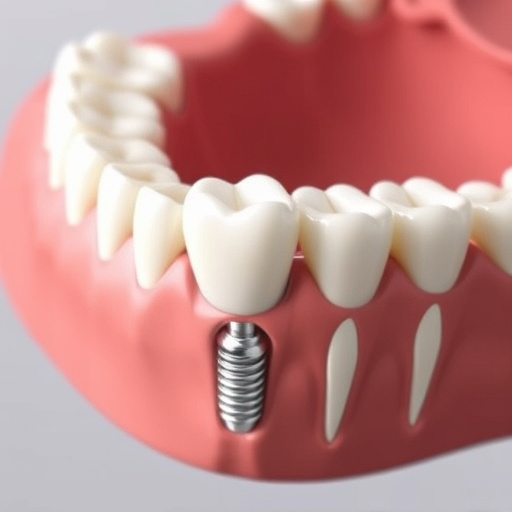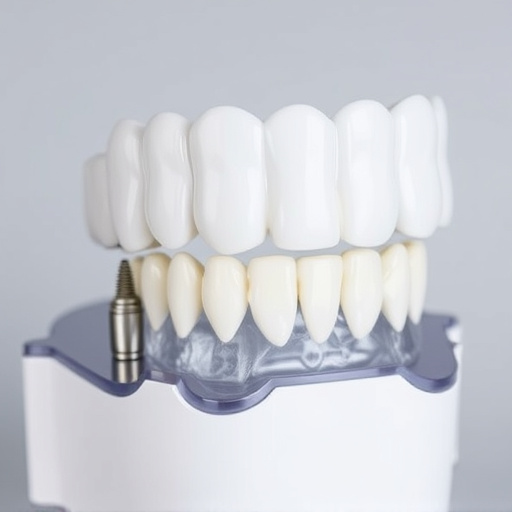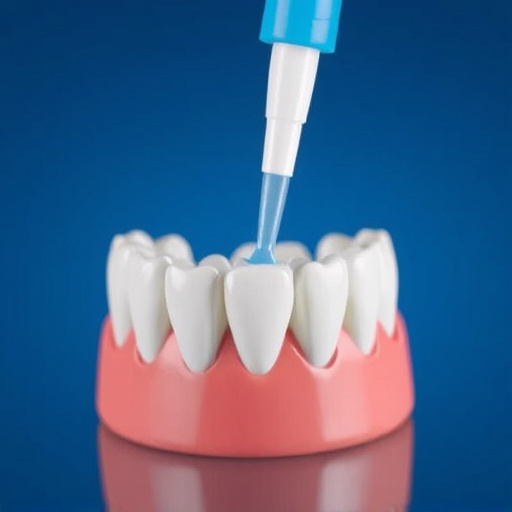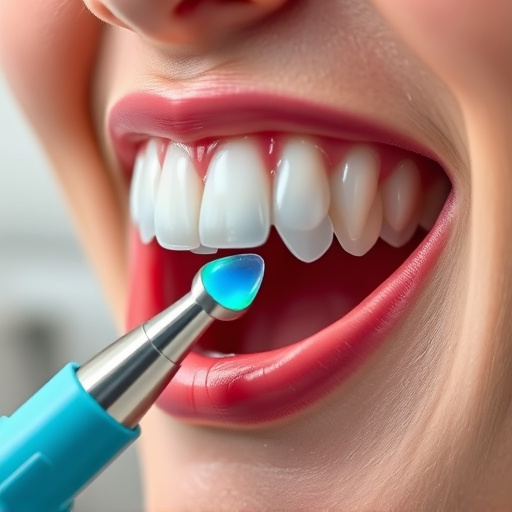Dental sealants for teeth protect against decay on chewing surfaces of back molars, but erode over time due to food, plaque, and acid. Regular dental check-ups allow for early detection of sealant wear. Reapplication every few years during routine visits ensures continued protection. The straightforward process involves cleaning, applying new sealant, light activation, and proper oral hygiene for strong, healthy teeth.
Dental sealants for teeth are an effective way to protect against tooth decay, but their effectiveness isn’t permanent. Over time, sealants can erode or wear off, leaving teeth vulnerable to cavities. Understanding when and how to reapply dental sealants is crucial for maintaining optimal oral health. This article explores the process of reapplying dental sealants, benefits of regular maintenance, and provides a step-by-step guide to ensure your teeth stay protected.
- Understanding Dental Sealant Erosion and Durability
- The Reapplication Process: Step-by-Step Guide
- Benefits of Regular Dental Sealant Maintenance
Understanding Dental Sealant Erosion and Durability
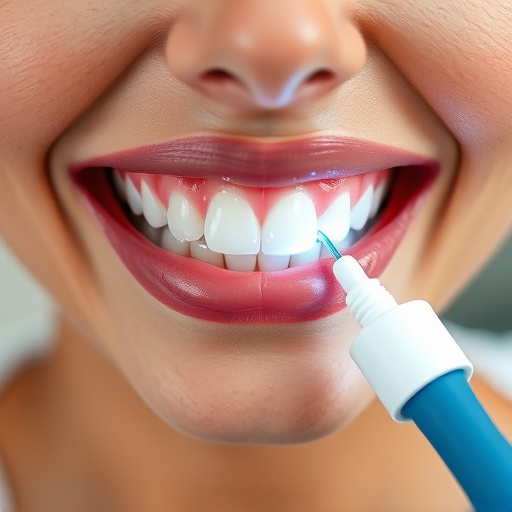
Dental sealants for teeth are designed to protect the chewing surfaces of back teeth from decay-causing bacteria. However, over time, these protective coatings can erode due to various factors like food particles, plaque buildup, and acidic foods. Understanding sealant erosion is crucial in maintaining optimal oral health. Regular check-ups with your family dentistry or general dentistry professionals allow for early detection of any wear and tear.
While dental sealants are durable, they aren’t permanent. Reapplication may be necessary every few years to ensure continued protection. During routine visits, your dentist can assess the condition of your sealants and recommend reapplication if needed. This simple tooth repair procedure involves cleaning the teeth, applying a new layer of sealant, and hardening it with light activation. Proper oral hygiene practices at home, including regular brushing and flossing, complement these professional treatments in keeping your dental sealants effective.
The Reapplication Process: Step-by-Step Guide
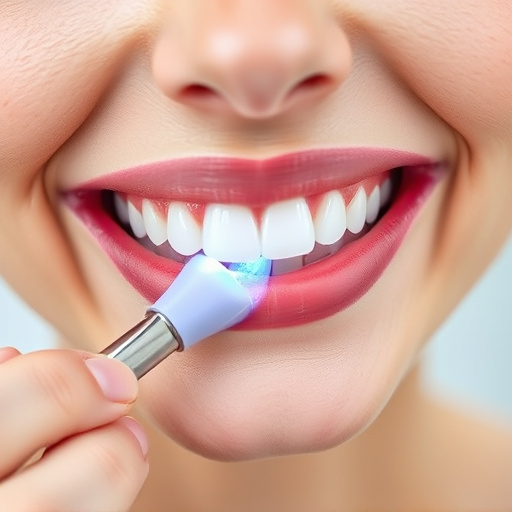
The reapplication process for dental sealants involves a few simple steps, ensuring that your teeth remain protected and healthy. First, your dentist will thoroughly clean the tooth surface, removing any debris or existing sealant. This step is crucial to prepare the tooth for the new sealant application. After cleaning, they will dry the tooth using an air stream or absorbent material.
Next, the dentist will use a special gel or liquid that helps the sealant adhere better to the tooth’s enamel. This gel is typically cured by a bright light source. Once set, your dentist will carefully apply the new sealant, ensuring complete coverage of the tooth surface. Finally, they will cure the sealant with light again and remove any excess material, leaving your teeth protected with a fresh layer of dental sealant for continued preventive dentistry.
Benefits of Regular Dental Sealant Maintenance
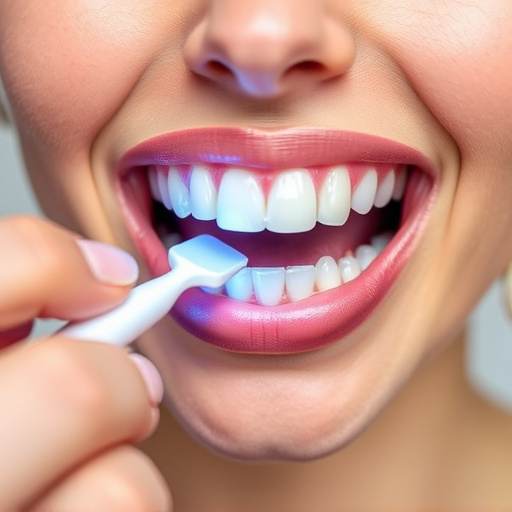
Regular dental sealant maintenance offers a multitude of benefits for individuals looking to protect their teeth from decay and other oral health issues. By reapplying sealants as needed, typically every few years, patients can ensure that their teeth remain coated with this protective barrier. This is especially important in areas like the molars where sealants can wear down over time due to chewing pressure and exposure to sugary foods.
Maintaining dental sealants is a simple process that doesn’t require extensive procedures, unlike some other forms of dental work. During routine check-ups at family dentistry practices, dentists can quickly assess the condition of existing sealants and apply new coats when necessary. This proactive approach not only extends the life of the sealants but also provides ongoing protection for teeth, even after wisdom tooth removal or when considering options like dental crowns to address decay or damage.
Dental sealants for teeth offer long-lasting protection against decay, but even the most durable coatings can erode over time. Understanding the signs of sealant erosion and knowing when to reapply is key to maintaining optimal oral health. Regular reapplication not only extends the life of your sealants but also ensures continued protection against bacteria and acids that cause cavities. By following a simple step-by-step guide for reapplication, you can help preserve your dental health and avoid more extensive and costly procedures down the line.





